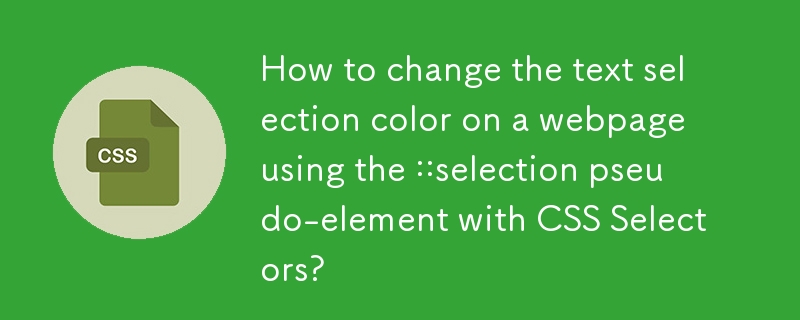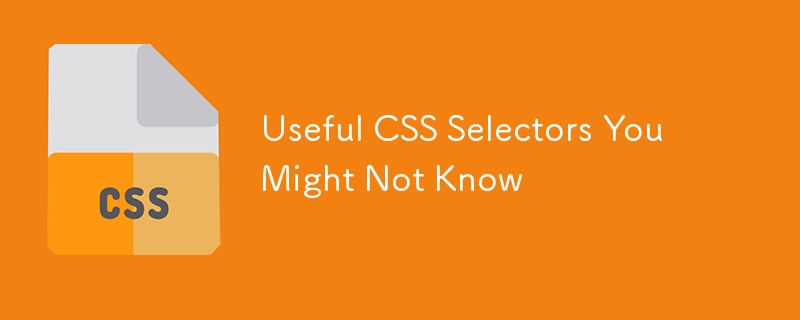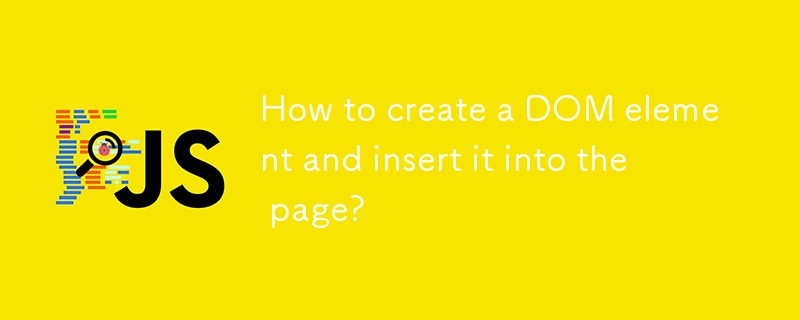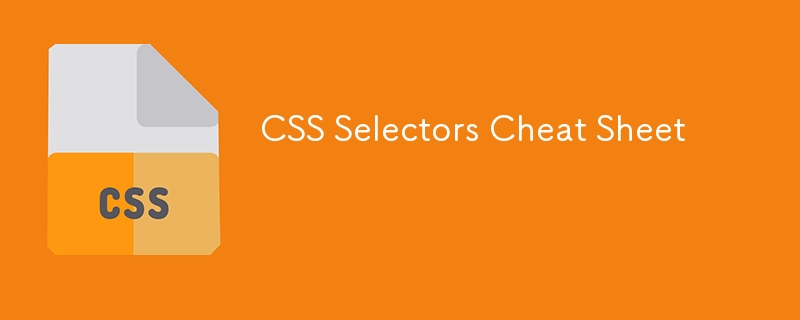Found a total of 10000 related content

how to insert page number in excel
Article Introduction:This article explains how to insert and customize page numbers in Excel. It details accessing page setup, using header/footer tools to add page numbers, and formatting options including style, font, alignment, and location within the header or foote
2025-03-12
comment 0
1069

Enable a Page Turning Effect on Books for iPhone & iPad
Article Introduction:Are you looking to add a stylish page-flipping animation effect when you turn pages in the Books app on your iPhone or iPad? You can customize the page-turning style in the Books app to mimic the act of flipping a real page, bringing back memories of
2025-06-09
comment 0
847

H5Next page instructions
Article Introduction:Adding next page instructions to the H5 page can guide users and enhance interactivity in their browsing experience. The implementation method includes: adding a div with "next page" text in HTML. Use CSS style to customize the appearance and position of the indicator. Detect page scrolling through JavaScript event and display or hide indicators accordingly. Sets the click event of the indicator to perform navigation operations such as jumping to a specific page or anchor, loading more content, etc.
2025-04-06
comment 0
566

How to style the active link in a navigation menu with HTML and CSS?
Article Introduction:To set the style of the current link in the navigation menu, the most direct way is to add a specific class name (such as class="active") to the link corresponding to the current page, and then define the style of the class in CSS; you can also automatically identify the current page and add the class name in a dynamic website through JavaScript to achieve a highlighting effect; at the same time, you should pay attention to path matching, style coordination and accessibility issues. The specific steps are as follows: 1. Manually add active classes to the current link in HTML; 2. Define .active styles in CSS; 3. Dynamic websites can automatically detect URLs through JavaScript and add active classes to matching links; 4. Pay attention to path parameter matching
2025-07-05
comment 0
809

How to change the text selection color on a webpage using the ::selection pseudo-element with CSS Selectors?
Article Introduction:Want to customize the style of text selected by users on the web page? It can be implemented through the ::selection pseudo-element of CSS. ::selection allows setting some properties such as background color, font color, etc. of selected text, but does not support borders or gradient backgrounds. When using it, you can directly apply to specific tags or classes, such as p::selection or .highlight::selection. To ensure compatibility, it is recommended to add the -webkit- prefix to adapt to more devices. In addition, different selectors can be used to set different selection effects for various elements to improve the overall aesthetics of the page and user experience.
2025-07-04
comment 0
990

What is the :target pseudo-class and how can it be used?
Article Introduction:CSS's :target pseudo-class is used to style the target element based on the URL fragment identifier. It works by the browser scrolling to the element when the URL contains a # symbol and element id and allows a specific style to be applied to the element via :target. Common use cases include highlighting the page section after navigation, creating tabs or slideshows without JavaScript, and improving accessibility to long pages. Usage tips include ensuring that id is unique, combining transition or animation effects, switching content visibility with display attributes, and considering compatibility with older browsers.
2025-06-22
comment 0
705

Overview of Common Global Attributes Available to All HTML Elements
Article Introduction:The global attribute of HTML elements is a functional attribute common to all tags. 1.id and class are used to identify and group elements, id is unique and class can be reused; 2.style is used for inline style control, title provides mouse hover prompts; 3.data-* attributes store custom data for easy JavaScript reading; 4.hidden control element hidden, tabindex manages keyboard focus order. Mastering these properties can improve web page structure, interaction and accessibility.
2025-07-04
comment 0
137

How to style a horizontal rule () in HTML?
Article Introduction:To beautify the horizontal lines in the web page, you need to customize the style. The specific methods are as follows: 1. Adjust the color, thickness and width to change the basic appearance; 2. Improve the design sense through dotted lines, gradients or adding icons; 3. Set the alignment and spacing reasonably to ensure the layout is coordinated. Use CSS to remove the default style and redefine the border, background-color, height, and width properties, such as setting hr{border:none;background-color:#ff4400;height:2px;width:80%;}. Further, visual embellishment can be achieved through pseudo-element addition icons such as hr::before, and margin and fle can be used at the same time.
2025-07-06
comment 0
556

What is the and element, and how do I use them to create a collapsible section of content?
Article Introduction:To achieve the collapsing interaction effect of web page content, you can use HTML and tags. The specific methods are as follows: 1. Content that needs to be hidden when using the package; 2. Add as a trigger button internally; 3. Place the detailed content behind and support any HTML elements; 4. You can customize the style through CSS, such as modifying arrow icons, background color, fonts, etc., but pay attention to clearing the default style and compatibility issues; 5. Make sure that it is a direct child element and cannot be nested; 6. Mainstream browsers have already supported it, but JavaScript alternatives may be required in old devices or IE.
2025-06-23
comment 0
232

Useful CSS Selectors You Might Not Know
Article Introduction:CSS selectors play a vital role in web development and are used for web page styling. While many people are familiar with common selectors, there are some less common but very useful selectors. What are CSS selectors? CSS selectors are patterns used to select elements on a web page for styling. They can locate elements based on attributes, classes, IDs, etc. Commonly used CSS selectors The following are some commonly used selectors: Element selector: locates all elements of a specific type. For example, to style all elements: div{border:1pxsolidblack;} Class Selector: Selects elements with a specific class. If we have a class called "text-large"
2025-01-14
comment 0
785

Understanding the HTML `id` and `class` attributes for styling and scripting.
Article Introduction:Id is a unique identifier used to locate a single element; class is used to define the same style or behavior of multiple elements. 1. Id must be unique in the entire page, suitable for precise control and scripting operations on specific elements, with high priority in CSS; 2. Class can be reused, suitable for unified setting of styles and interactive logic of multiple elements; 3. In actual development, id and class are often used in combination, which not only ensures the reusability of styles, but also achieves precise control.
2025-07-02
comment 0
638

How do I use the id attribute to uniquely identify elements?
Article Introduction:When using the id attribute, it must be unique because it is used to accurately identify elements in the web page, such as CSS, JavaScript operations or link positioning, and duplication will cause unpredictable behavior. 1. Id is used to uniquely identify elements to ensure that browser, script and style rules are correctly applied to the target; 2. Correct usage includes choosing meaningful names, avoiding special characters, and ensuring page uniqueness; 3. It is necessary to distinguish id from class, the former is used for a single element, and the latter is used for multiple elements to share styles or behaviors; 4. Common errors include repeated ids, overly general naming, and conflicts caused by dynamically generated content.
2025-06-26
comment 0
443

Displaying progress bars with the HTML5 `` tag.
Article Introduction:HTML5 tags can directly implement web page progress bars. 1. The basic usage is to set the value and max attributes, such as displaying 30% progress; 2. If the progress is unknown, the value can be omitted and only set max, which means an uncertain state; 3. You can customize the style through CSS, and browser compatibility needs to be handled; 4. It is often used in scenarios such as uploading files, form progress, and game loading; 5. Pay attention to avoid using it when the task is completed too quickly, and consider the compatibility issues of the old version of IE.
2025-07-08
comment 0
258

How to create a DOM element and insert it into the page?
Article Introduction:There are two key steps to create and insert DOM elements: 1. Create elements and set properties and content using document.createElement(); 2. Insert to the page with appendChild(), insertBefore() or insertAdjacentElement(). When creating, you can add text, ID, and class names. After inserting, you can also bind events and set styles. It is recommended to use class to control styles for maintenance. Common problems include incorrect insertion, style conflicts, or elements are not visible. It is recommended to use developer tools to check, add border debugging, and avoid duplicate IDs.
2025-07-01
comment 0
980

Building Accessible Web Experiences with CSS Best Practices
Article Introduction:Accessible website experience is a basic requirement, and CSS improves accessibility through style design. 1. Use high-contrast colors (at least 4.5:1), avoid using only colors to transmit information, and should combine icons or text prompts; 2. Ensure that the focus elements are visible, and customize focus styles such as box-shadow, and do not hide at will: focus-visible; 3. Keep the visual consistency with the DOM structure, avoid order attributes disrupting the order, and use ARIA to supplement the instructions if necessary; 4. Control the font size, use relative units (rem/em), and the main text is not less than 16px, allowing users to zoom the page text.
2025-07-05
comment 0
270

How to use HTML templates
Article Introduction:The key to using HTML templates is to understand the structure and modify the key points. First, understand that the template consists of index.html, CSS, JS files and picture folders. Checking the code structure helps position the modification area; second, when replacing the content, find the correct position, including title, paragraph, link, image path, etc., and pay attention to the consistency of the resource directory; then adjust the style by modifying the CSS class name or attribute, and realize style switching without rewriting the code; finally, test the web page function and check whether the link jump, image loading, form submission and mobile display are normal, and ensure that there are no path errors or label omissions before going online to deploy.
2025-07-07
comment 0
972

What are the best practices for writing clean and maintainable HTML code?
Article Introduction:The core of writing clean and maintainable HTML code is clear structure, clear semantics, and easy to modify subsequently. 1. Use semantic tags such as, ,, to improve page structure expression, SEO and barrier-free access experience; 2. Keep indentation and format uniform, use two or four spaces to indent and use tools to ensure consistent style; 3. Reasonably organize class names and IDs, adopt semantic naming methods such as nav-menu or post-title, and avoid style-related naming; 4. Reduce unnecessary nesting and redundant code, and reduce complexity and maintenance costs by simplifying the layout structure. These details can significantly improve the quality and long-term maintainability of HTML code.
2025-07-06
comment 0
574

Applying CSS Styles to Scalable Vector Graphics (SVG)
Article Introduction:To style SVGs using CSS, you first need to embed SVGs inline into HTML for fine control. 1. Inline SVG allows its internal elements such as or to be directly selected through CSS and to apply styles, while external SVG only supports global styles such as width and height or filters. 2. Use regular CSS syntax such as .class:hover to achieve interactive effects, but use fill instead of color to control the color, and use stroke and stroke-width to control the outline. 3. Use class names to organize styles to avoid duplication and pay attention to naming conflicts and scope management. 4. The SVG style may be inherited from the page, and can be reset through svg*{fill:none;stroke:none;} to avoid
2025-07-10
comment 0
347

Exploring the Shadow DOM Concept in Relation to HTML Structure
Article Introduction:ShadowDOM is a browser feature that allows developers to attach independent DOM trees to an element in the page, thereby achieving isolation of structure and style. 1. It prevents styles and scripts from conflicting by creating hidden subtrees; 2. Internal elements cannot be directly accessed or modified by external sources, encapsulation and maintainability of components; 3. Supports content projection and theme customization using and CSS variables; 4. Commonly used in WebComponents, third-party component libraries, and scenarios that require strong encapsulation; 5. Suitable for building reusable and non-interference to global UI components, but may not be necessary in small projects.
2025-07-08
comment 0
466

CSS Selectors Cheat Sheet
Article Introduction:Key Points
CSS selectors are critical parts of the CSS rule set, and they allow you to select and style specific HTML elements based on the type, attributes, or locations in an HTML document.
There are many types of CSS selectors, including universal selectors, element type selectors, ID selectors, class selectors, sub-selectors, universal sibling selectors, adjacent sibling selectors, attribute selectors, pseudo-class selectors, and pseudo-element selectors.
A universal CSS selector declared with an asterisk selects all elements on the page, while an element type selector locates HTML elements with the same name.
ID CSS selectors declared with pound signs will locate matches
2025-02-27
comment 0
707



















